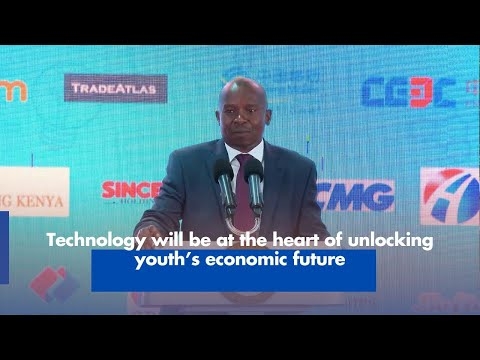A few weeks ago I postulated in this commentary that the basic ingredients for successful protests are clear objectives, mass participation, use of media and focused and committed leadership bearing the vision.
My summation was that the first week of the protests was successful; proof of this was later to be exhibited with the withdrawal of the Finance Bill, 2024 and the unprecedented dismissal of 21 Cabinet secretaries. As would be expected in such fluid situations, the protests seem to be taking a life of their own.
This escalation in the Gen Z protests and its impact resulted in the Supreme Council of Kenyan Muslims and the Council of Imams and Preachers of Kenya coming out strongly with a plea that protests ought to stop and give way to dialogue. How exactly have the protests evolved?
To quote one media outlet, “In their address, Supkem leaders emphasised the importance of dialogue in fostering unity and healing divisions stating that Kenya is at a critical juncture where political tensions, economic hardships, and social divides threaten the fabric of our nation and it is imperative that the country comes together to engage in structured dialogue that is inclusive, transparent, and aimed at finding sustainable solutions.”
The protests started with a singular target, the Finance Bill. This policy instrument was deemed unpalatable but was nonetheless passed by Parliament. The fury this generated resulted in an expanded target, which now included the two arms of government of Legislature and Executive. This multiplicity of objectives has brought with it ambiguity in the hierarchy of the targets.
Mass participation is an essential part of a successful protest, however in this case the composition of participants has also changed drastically, altering the spirit and intention of the protests and its subsequent impact on all parties.
The numbers of protesters and location of protests have grown, but so have the casualties, impacting on validation of both the message and the messenger. Local grievances have taken centre stage and priorities have undergone reassessment.
The power of information technology has been at its best turning every protester with a smartphone into a virtual broadcasting house, with the main platforms being the essential source for breaking news, reality entertainment and mass mobilisation.
Lastly is the leadership of the protests, which continues to be amorphous with no distinct person or group of persons coming out with a universal statement of intent. This lack of leadership is said to be intentional so as to eliminate potential compromise or misdirection by infiltrators.
The current state may be untenable as there are a number of supporting casts from the political class with their own agenda advocating the protesters while jostling and posturing as leaders in waiting.
One of the unspoken reasons why the spokespersons of Supkem and CIPK felt compelled to speak out is that it is a command in scripture that If your adversary is inclined towards peace, then you must embrace it.
The composition of the council is also a good repository of lived experience. Lived experience draws lessons from personal interactions with a multiplicity of circumstances, validates these through the passage of time and has insights as to what may be successfully implemented and what would be doomed to fail.
The Gen Z protesters however seem to be making decisions based on learned knowledge which is objective, rational and analytical but is wholly dependent on the accuracy of the source material and the competency in processing it. Learned knowledge also tends to be theoretical and broad, and is generally best for policy formation and academia and not crisis management, especially in the fluid social situations we are currently in.
One underlying fundamental that the cleric stated as they advocated dialogue, is that desired change by the Gen Z protesters can only be brought about within the confines of the law. Their collective lived experience informs and scripture states that youth is the golden period of any person’s life and the life of the youth is to be safeguarded.











